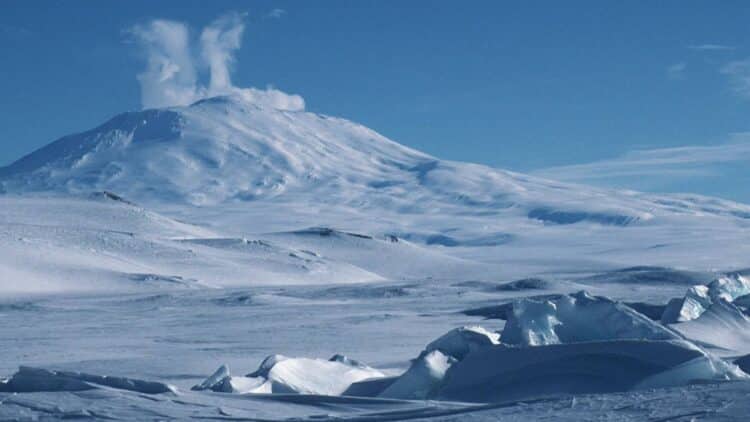China recently reached an impressive milestone: it managed to find ancient energy in Antarctica. They did this through a system that is not super innovative, but that has always existed quietly. It is a system that does not require constant sunlight or perfect weather, but that simply works. So we can say that this is a historic discovery, especially considering that Antarctica is located at one of the extremes of the Earth, is extremely cold, and still faces polar darkness. Perhaps the answer to 100% clean and efficient energy was at one of the poles all along.
The frozen base maintaining operations in extreme conditions
Qinling Station, inaugurated by China in 2023, sits on a remote island in the Ross Sea. It’s one of the harshest environments on the planet, where temperatures below -40°C are the norm, and isolation is constant — it’s reality.
Even so, since it began operating, the base has revealed fascinating insights and evolved in its operations. It no longer depends solely on fossil fuels. And here’s the most surprising part: even without sunlight or wind, operations continue. The base has solar panels and wind turbines. That’s not new; many bases use those. But what sets Qinling apart is the way it stores energy, which has everything to do with what’s hidden under the ice.
Energy under the ice: Hydrogen warms the coldest place on Earth
The secret? A hydrogen fuel cell system, something that, until recently, had never been tested in such extreme conditions.
Ok, let’s explain this further: when the sun comes out or the wind picks up, the energy generated isn’t wasted. It’s used to produce hydrogen, stored in a 50,000-liter tank (and this is not the first time that hydrogen has been linked to energy production). Later, when the weather turns, and it often does, the hydrogen steps in: it’s converted back into electricity and heat, keeping the entire base running.
That is, this system doesn’t just extend battery life, it changes the rules of the game. Instead of storing electricity in conventional ways, it transforms and stores the potential of energy itself.
It works like an invisible battery, only made from the lightest element in the universe. Silent, clean, and long-lasting, the fuel cell can operate for up to 40,000 hours. And for every kilowatt-hour it generates, almost one kilogram in carbon dioxide emissions is avoided. Not bad for a system operating in eternal ice.
In fact, early estimates suggest the base will cut over 100 tons of fossil fuel use per year. We know that it’s a number that might seem small, but in logistical, environmental, and symbolic terms, it’s enormous.
The base in Antarctica is remote, but the endeavor doesn’t stop there
The main goal was never just to provide power for a research station, but to prove that it’s possible to live in the most extreme corners of the planet without burning oil or coal. And even better: without relying on costly, months-long fuel resupply missions.
With 200 kW of solar and wind capacity, the station already covers 60% of its needs with renewables. In a world facing climate breakdown and searching for clean energy solutions, what’s being done in Antarctica could be a (very good) spoiler of what’s to come.
According to the scientists involved, the tech is fully replicable. There’s already talk of deploying it in other polar regions, deserts, and even future lunar outposts. And it seems that it was not only in Antarctica that researchers found a new form of clean energy. Recently, Germany produced hydrogen plasma (the equivalent of 1,000,000ºC), which some believe could lead to infinite energy in the future.


